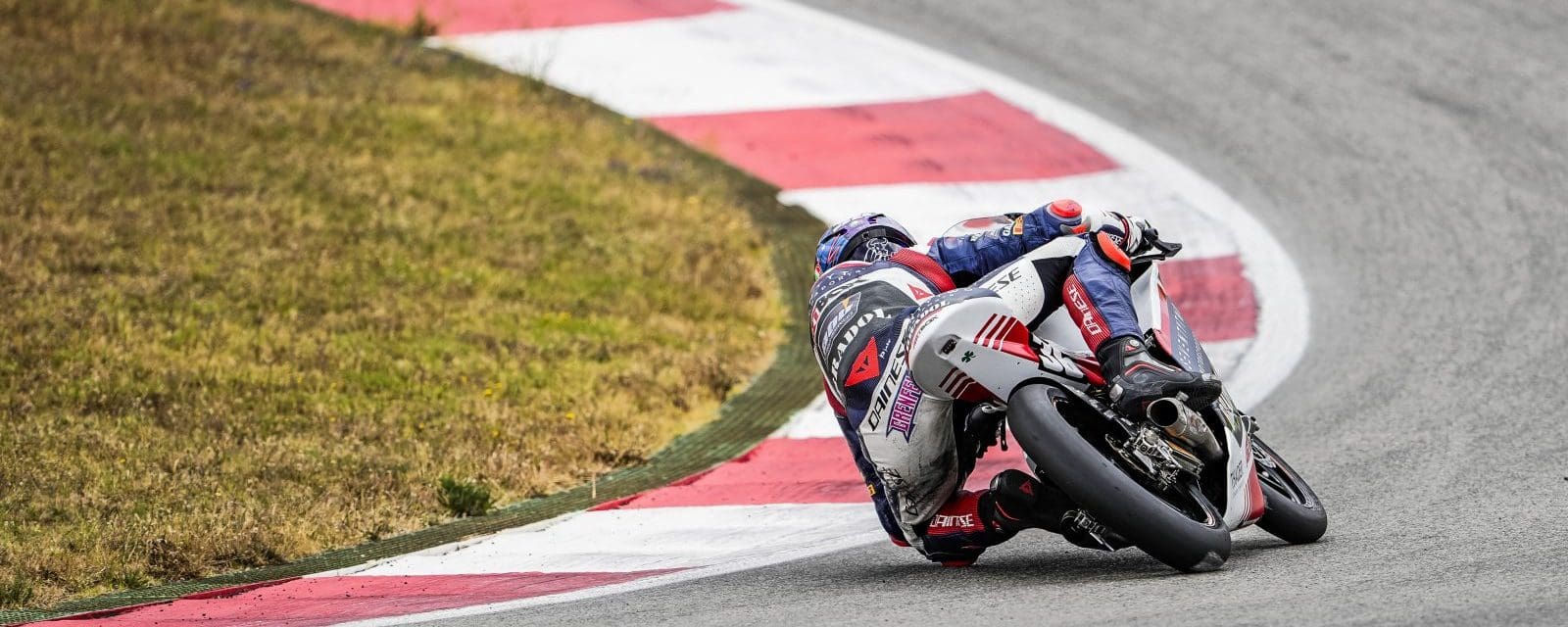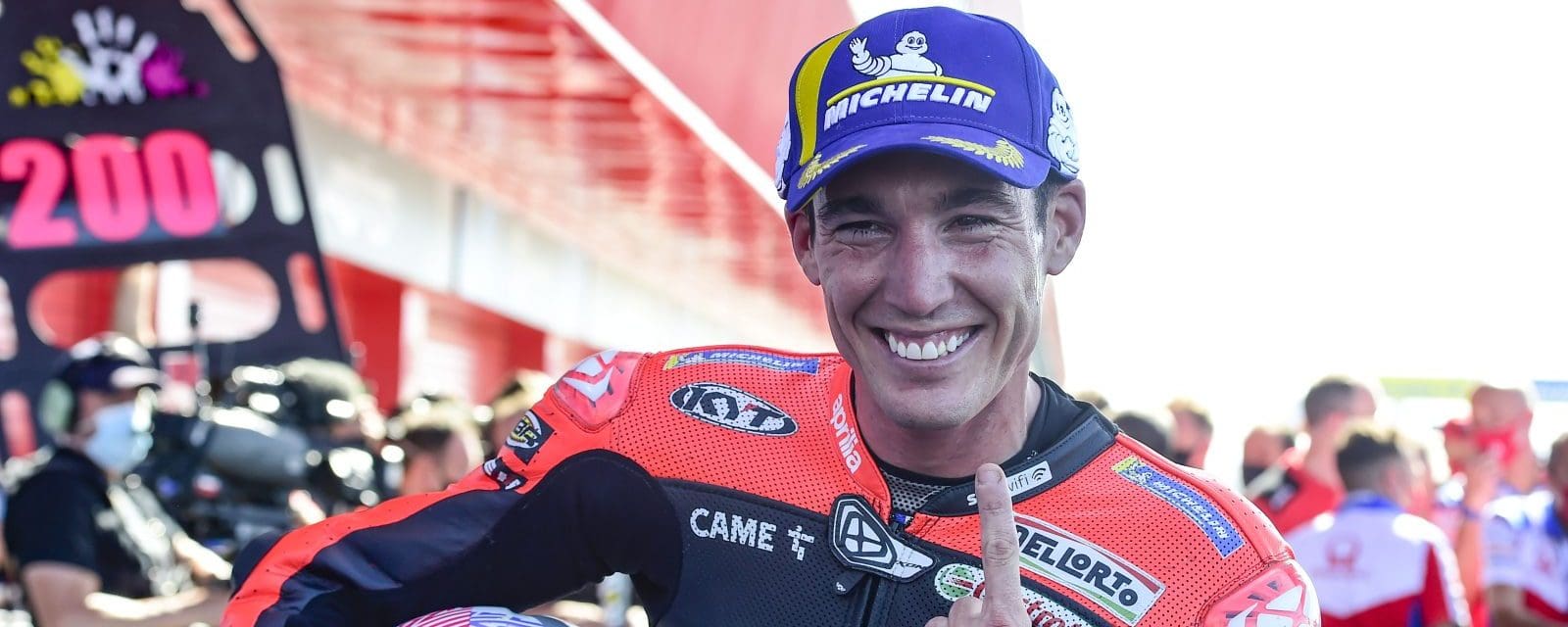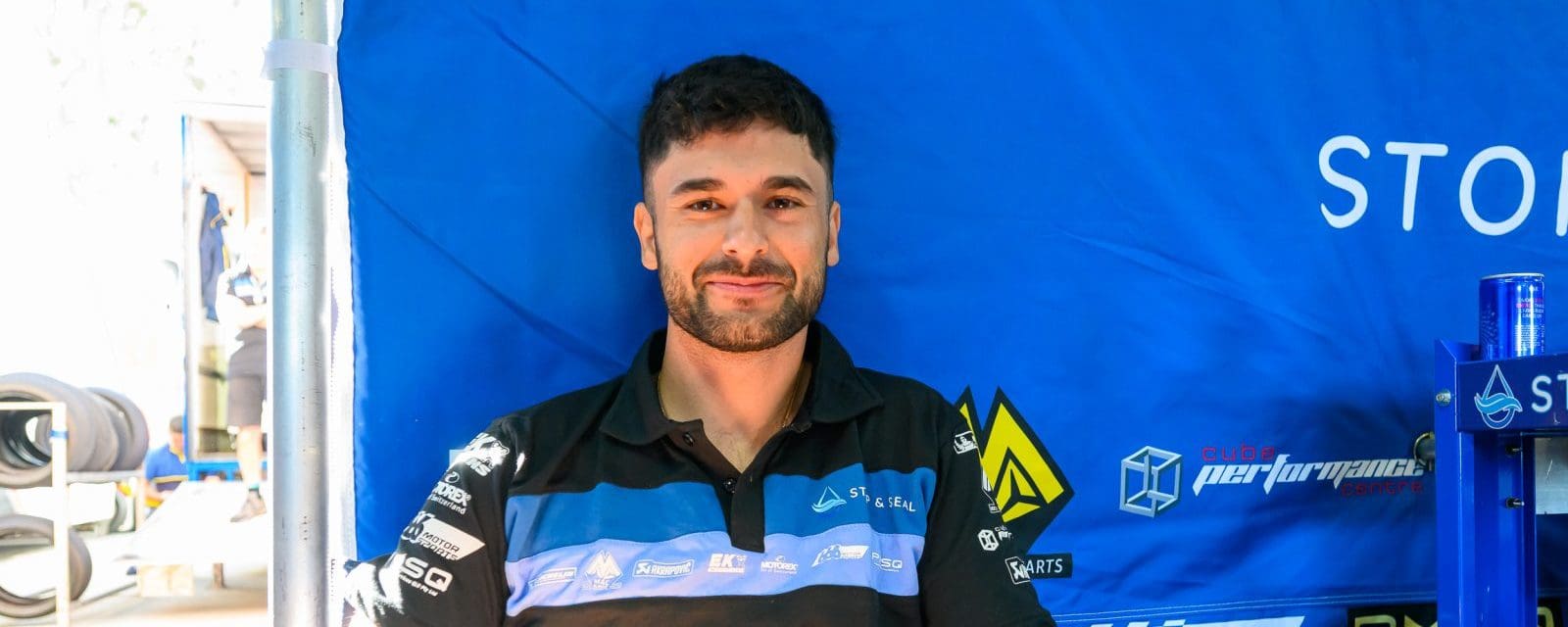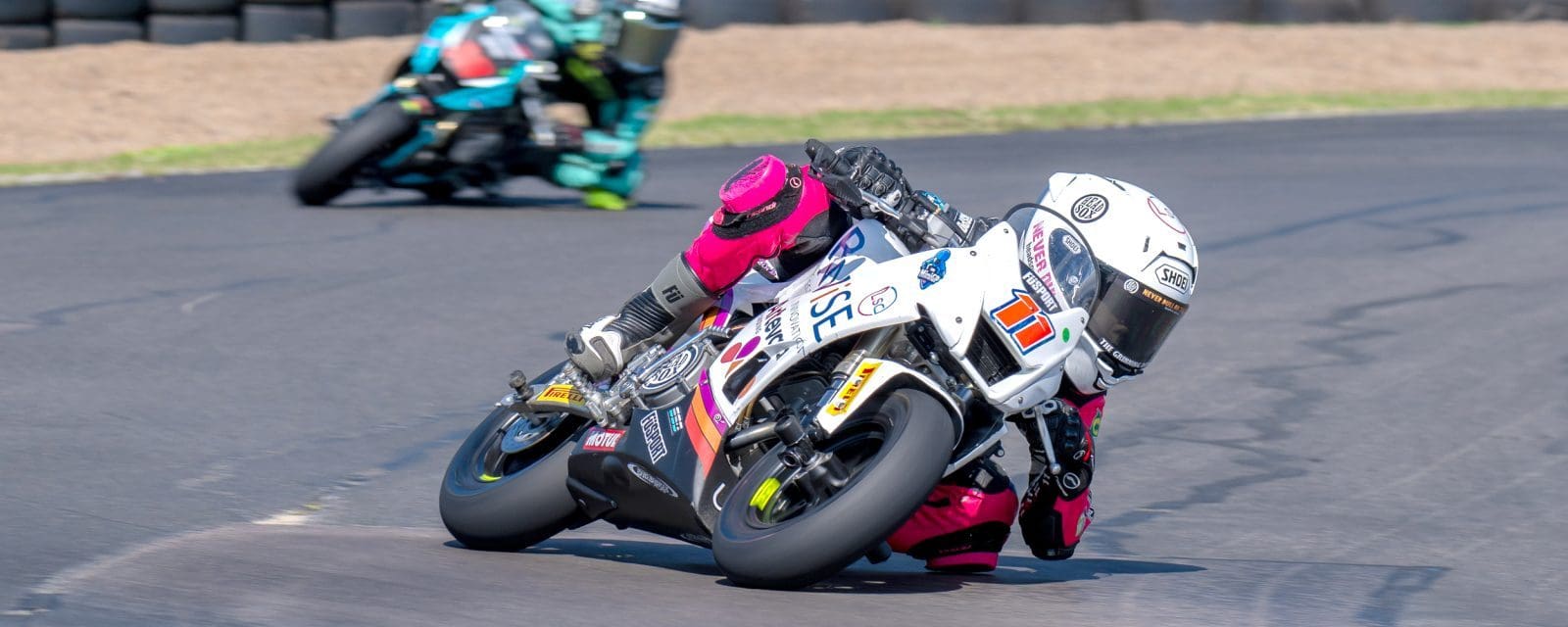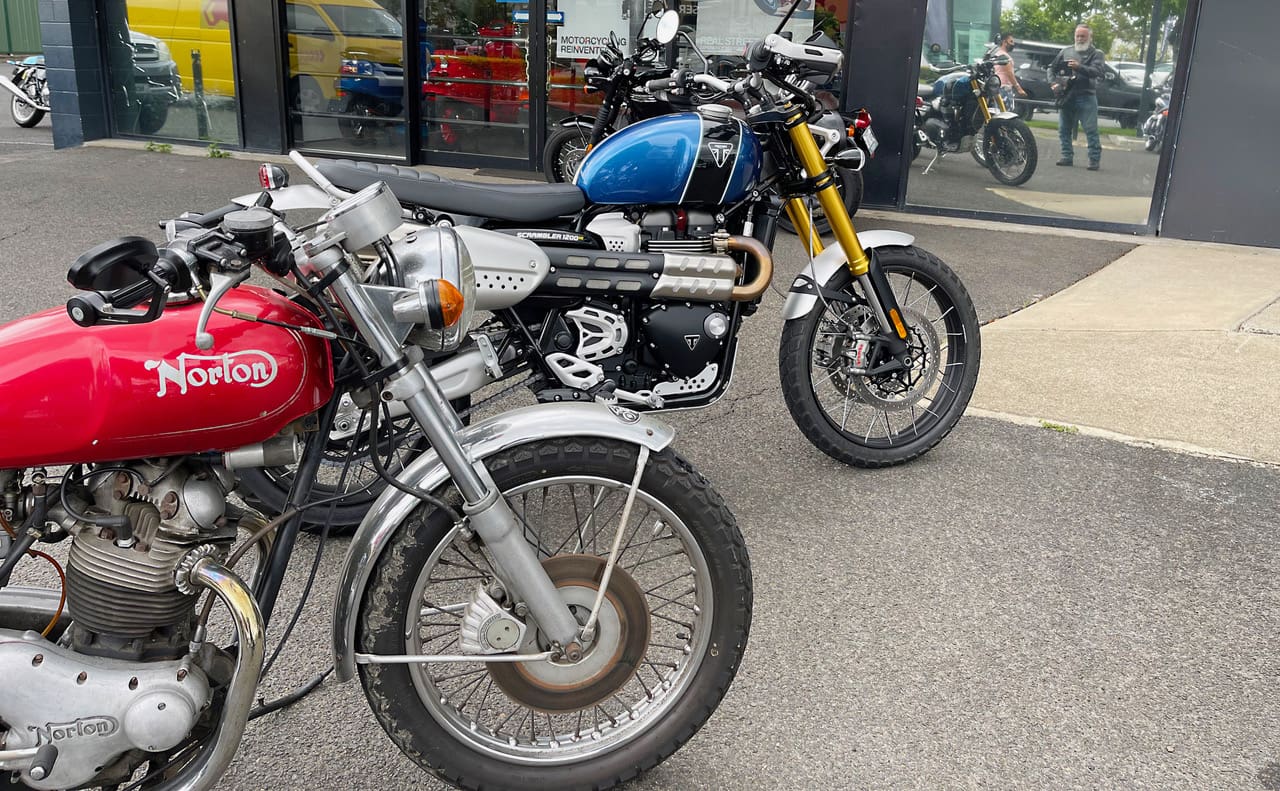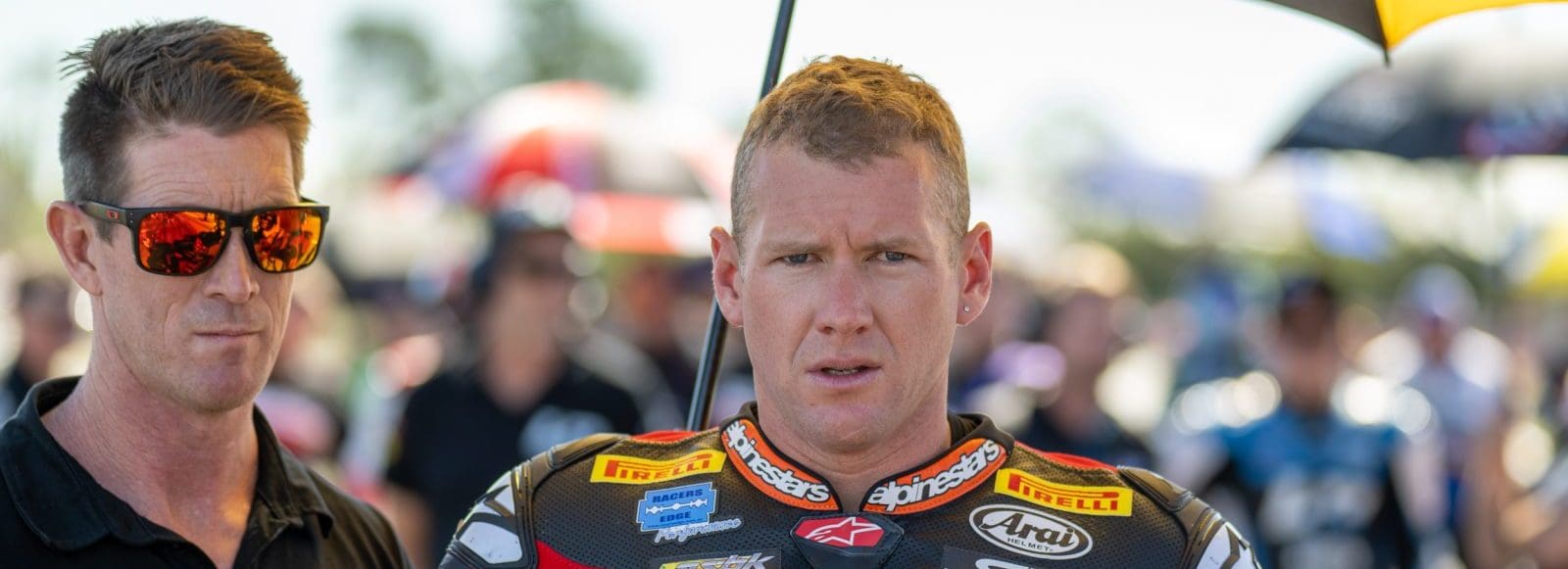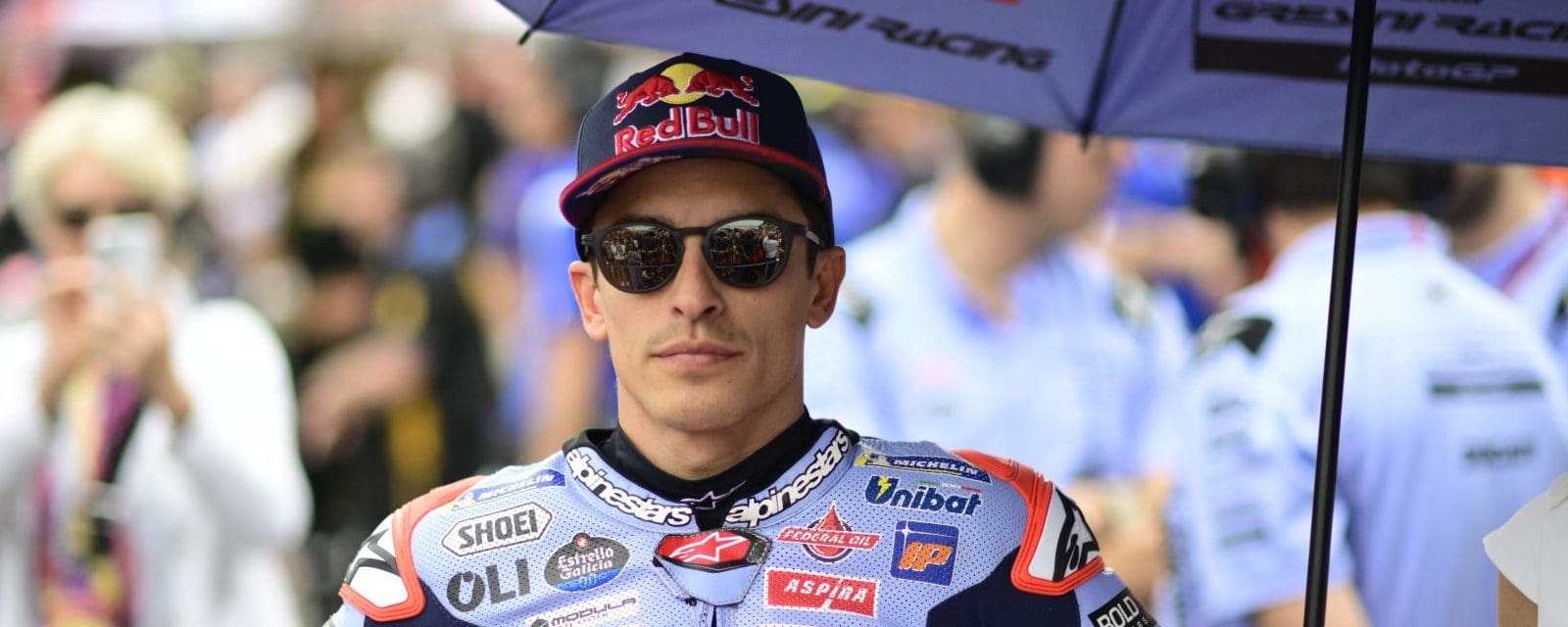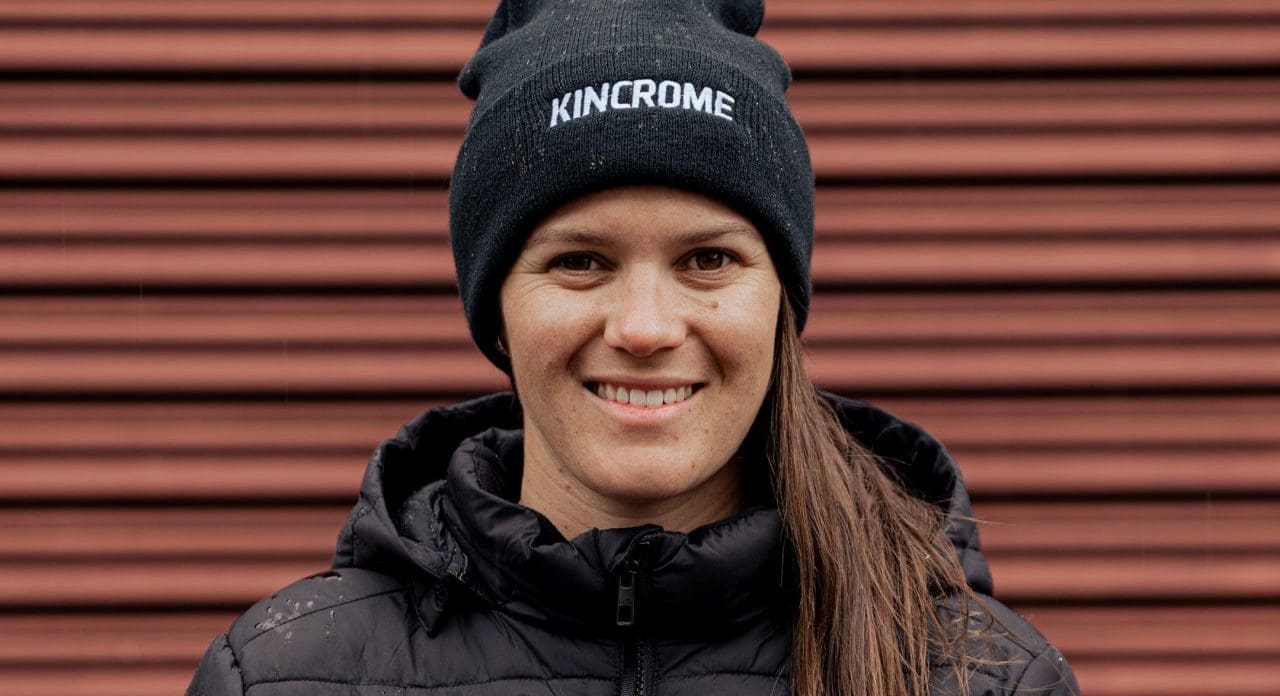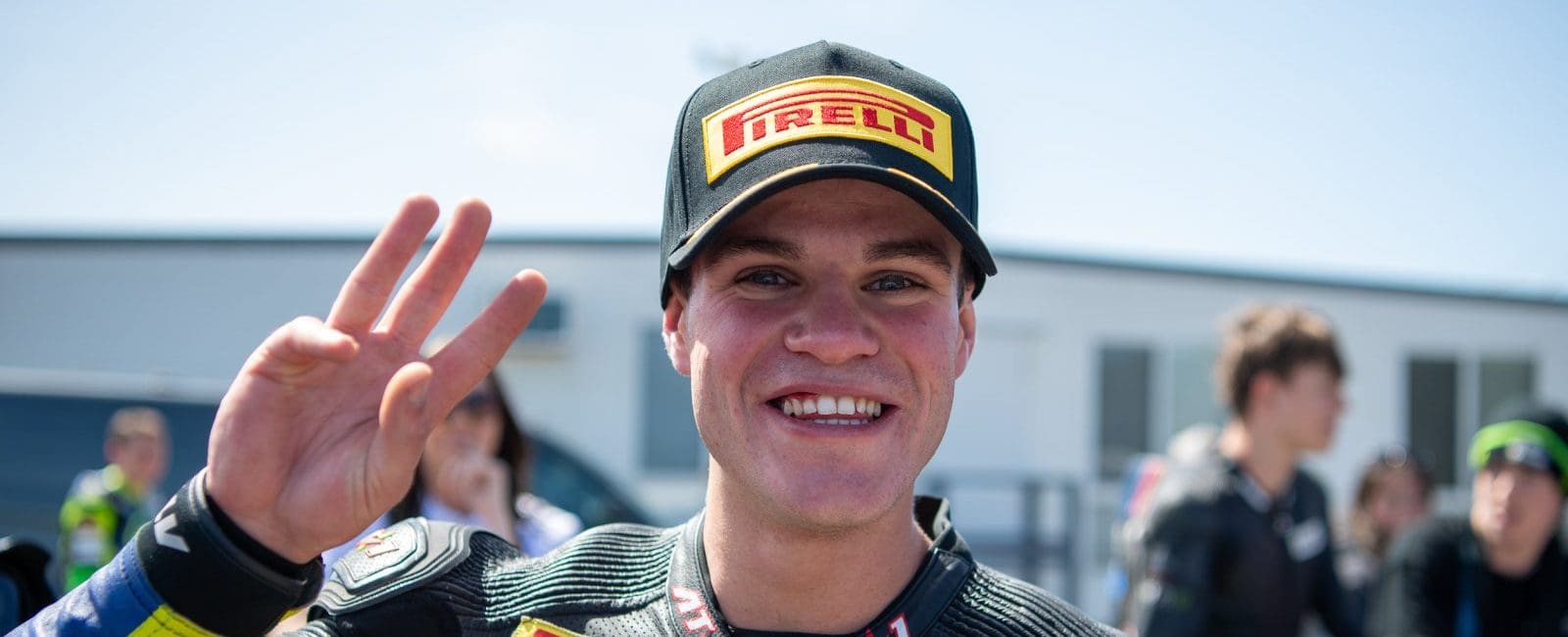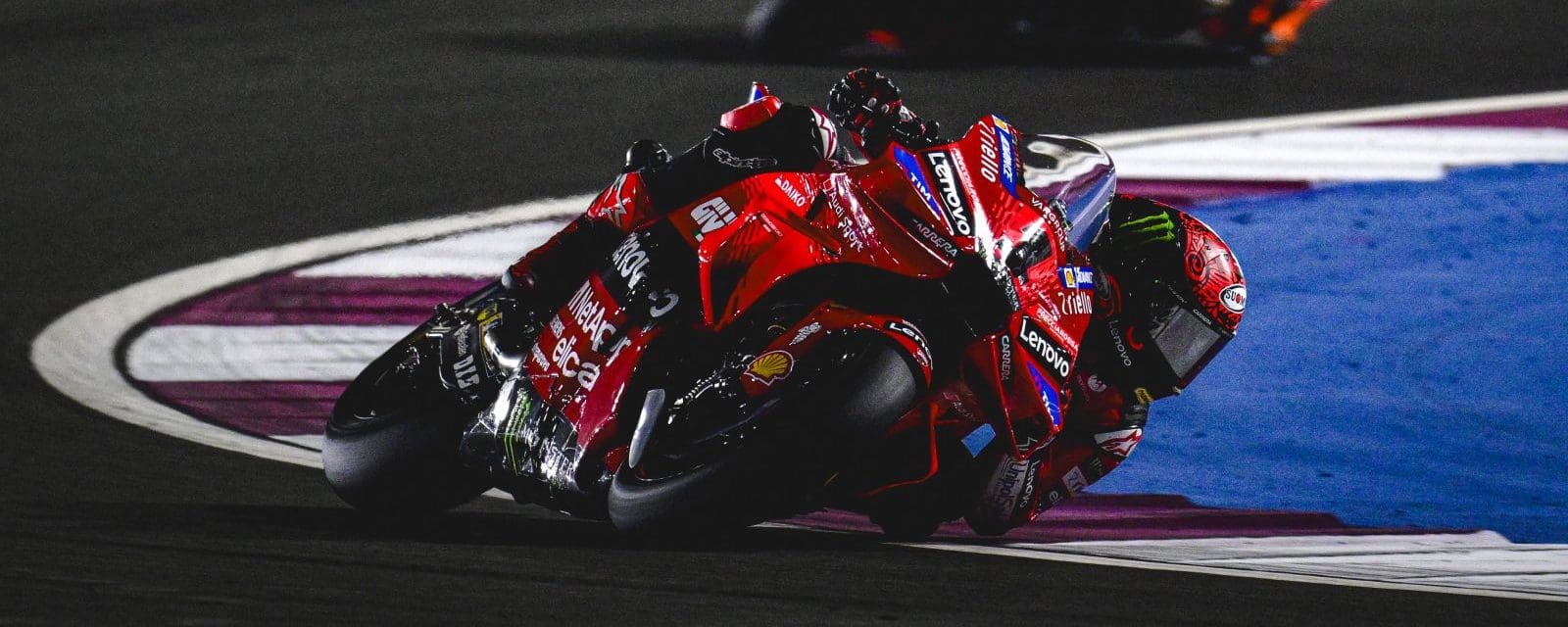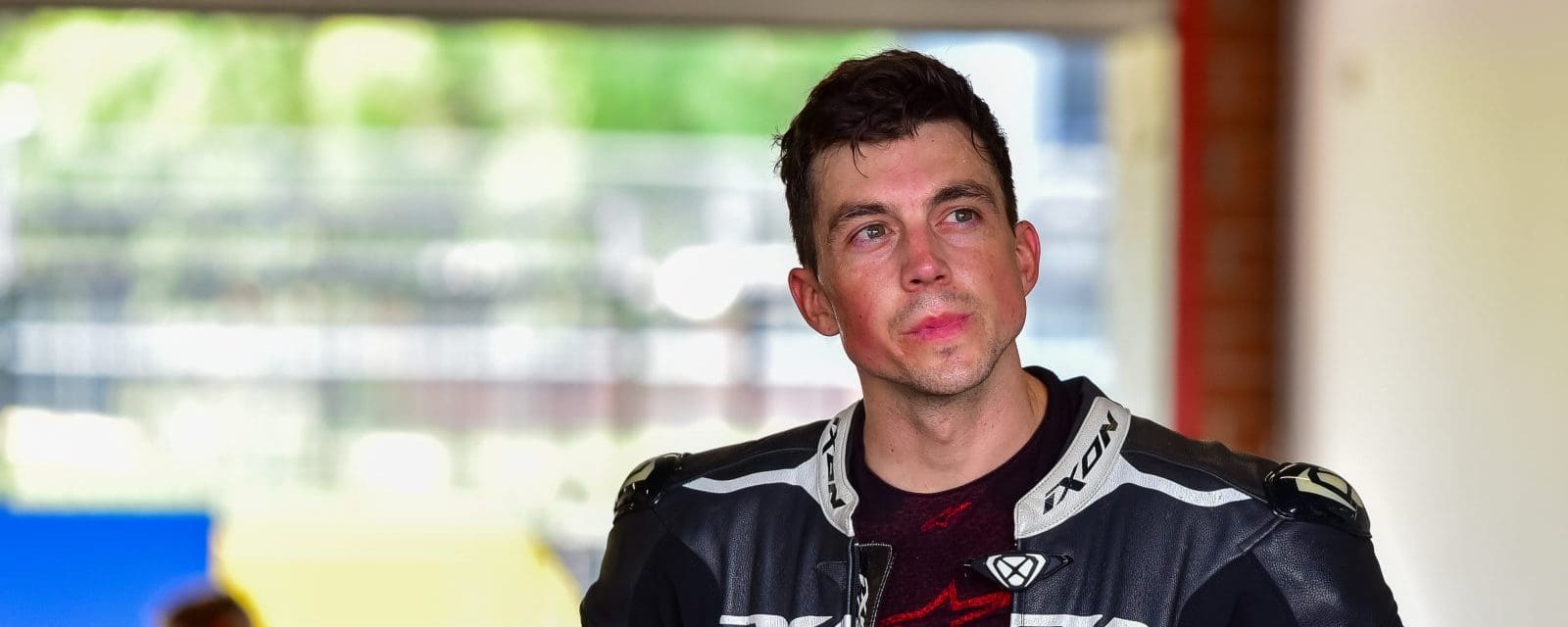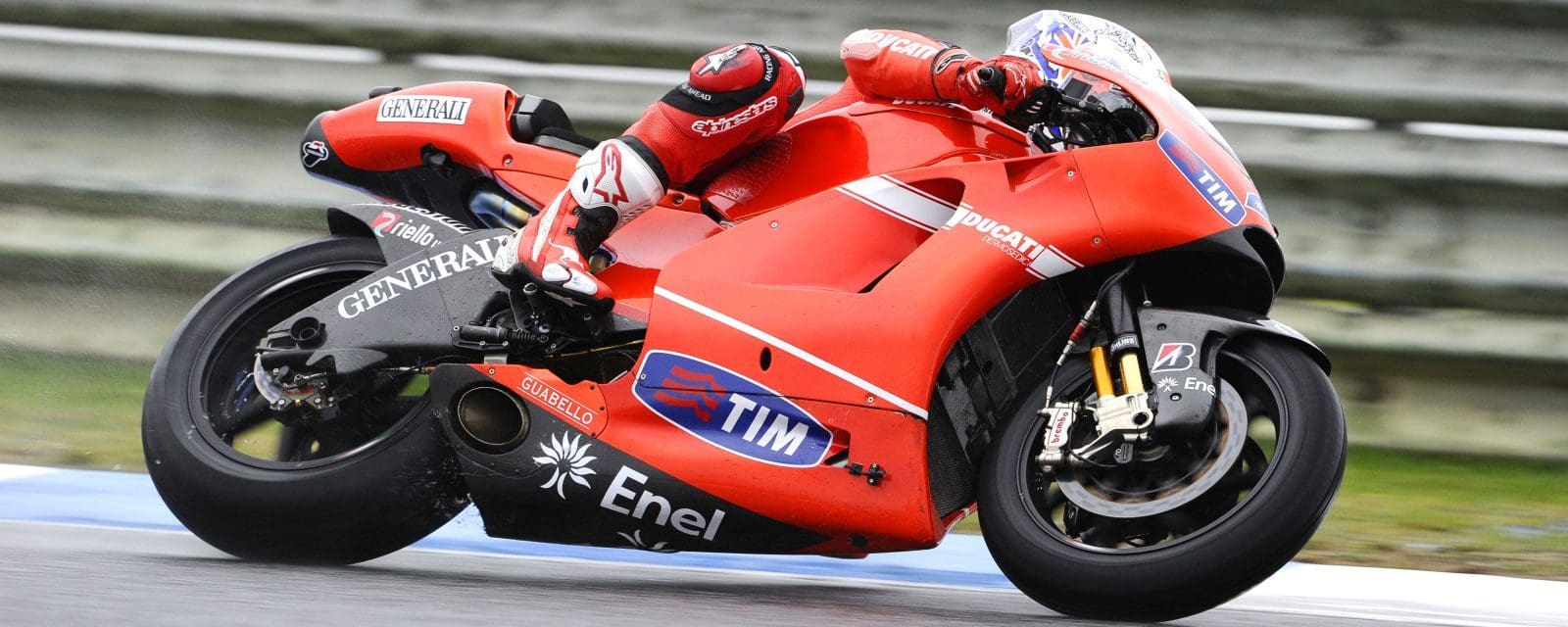Yes, you know the one. Cobalt blue and ocean-deep silver paintwork. An elegant half-fairing, sensuously shaped tank and sexy ducktail seat with an usual zipper connection. The point of that zipper? It allows access to a small compartment where the rider can store tools and a wet-weather seat. Or maybe a good-luck charm to ensure reliability.
The finishing touch for admirers of 1970s Ducatis? Those evocative, long and slender but loud Conti mufflers.
Step back from the details and you see the mechanical version of a championship greyhound. Bred to go fast but not far. A classic design that evokes a lot of feelings today in people who once aspired to own such a bike and realise that the dream now starts at $20,000 for a fixer-upper.
As we digested the details of all this eye candy, we stood in total silence. And then one of us uttered a few choice words. “I wonder if the people who built and sold these bikes back in the day thought they might be worth so much today,” said Jeremy Burgess.
And that got me thinking. Perhaps this legendary former 70s longhair had summed up the classic scene.
Burgess lived the dream of a freedom-seeking longhair. He worked just enough hours driving forklifts at a brickyard and helping sink bores in the Adelaide Hills to finance a few minutes of racing at full throttle on tracks around Australia.
By his own admission he wasn’t a top-shelf racer but he still had enough ambition and hard cash to buy and race a Suzuki RG500 and a Yamaha TZ750.
Then, like many of us who finally realised that it was possible to jump on an aeroplane for an even bigger life challenge, he flew to Europe in 1980.
The rest is history. Over the course of 34 years in GP racing, Burgess helped deliver three world champions and a total of 14 world titles for two of the world’s biggest manufacturers. Burgess was at the coalface of corporate achievement, turning prototypes into race winners that would sometimes influence production models.
Meanwhile, the RG and TZ he had sold became obsolete, worthless and consigned to gathering dust in sheds somewhere.
Decades later, vintage racing has caught up with this golden era of two-strokes. You’ll see RGs and TZs at the upcoming AMCN International Island Classic. The budget to buy and race one? Start with $70K in your back pocket.
I asked Jeremy what he thought of the classic scene. “In many ways it’s driving motorcycling today,” he replied. “It supports an industry of restoration and reproduction of parts.”
Proof of how the classic movement is influencing modern models was nowhere more evident than at last month’s EICMA show in Milan. Kawasaki led the retro charge with its Z900 RS homage to the original Z1.
Gazumped in 1969 by Honda in the power stakes, it wasn’t until 1972 that the first Z1 arrived in showrooms. It lasted three years without a major revision as Kawasaki cranked them out to meet demand.
Today a restored Z1 is worth around $20,000, which would have bought a house back in the 70s. It seems a little crazy, doesn’t it?
So let’s consider that 1977 Ducati Super Sport 900, which probably wouldn’t have existed without Paul Smart’s famous win in the 1972 Imola 200. Big bevel-drive V-twins became Ducati’s bread and butter right into the early 1980s.
But by 1977 the engineers at Ducati had become more interested in developing what would become the 500cc Pantah of 1979. Large parts of that engine were based on Ducati’s unsuccessful tilt at GP racing in 1971.
Time never stands still for factory engineers, but they do create time warps for future motorcycle enthusiasts.
By Hamish Cooper

